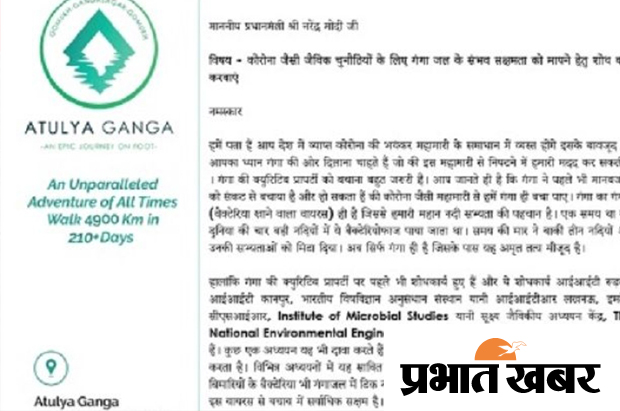Send Query
Latest Update

Bringing Cauvery Back
9/28/2021

“नदी चेतना यात्रा”
9/26/2021

Ordinary Cut Saw
9/15/2021

Jagran Varanasi
9/10/2021

अतुल्य गंगा team work को शत शत नमन । सबका साथ हो, गंगा साफ़ हो।
Date: 22/07/2021

Indian army veterans plan 5,000 km trek to revive Ganga glory
20 September, 2020

Ganga, an enigma waiting to be deciphered
23 April 2020

Army veterans write to PM, claim Ganga water can cure COVID-19
29 February 2020

Team of 100 army veterans to go on Ganga parikrama in Bihar
29 February 2020

गौमुख से गंगासागर तक होगी मुंडमन परिक्रमा
29 February 2020

गंगा को लेकर 100 रिटायर्ड सैनिकों की मोदी को चिट्ठी
24 January 2020

100 army veterans to walk along Ganga to help in revival
24 January 2020

100 army veterans to walk along Ganga to help in revival
24 January 2020

100 army veterans to walk along Ganga to help in revival
24 January 2020

100 army veterans to walk along Ganga to help in revival
24 January 2020

Veterans for Ganga revival drive
28 January 2020



































































